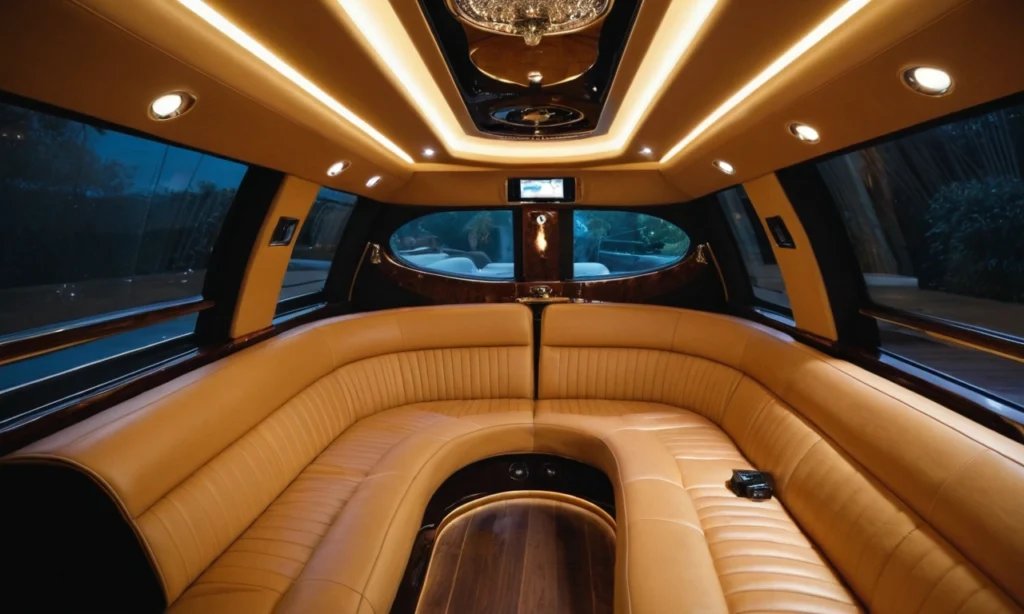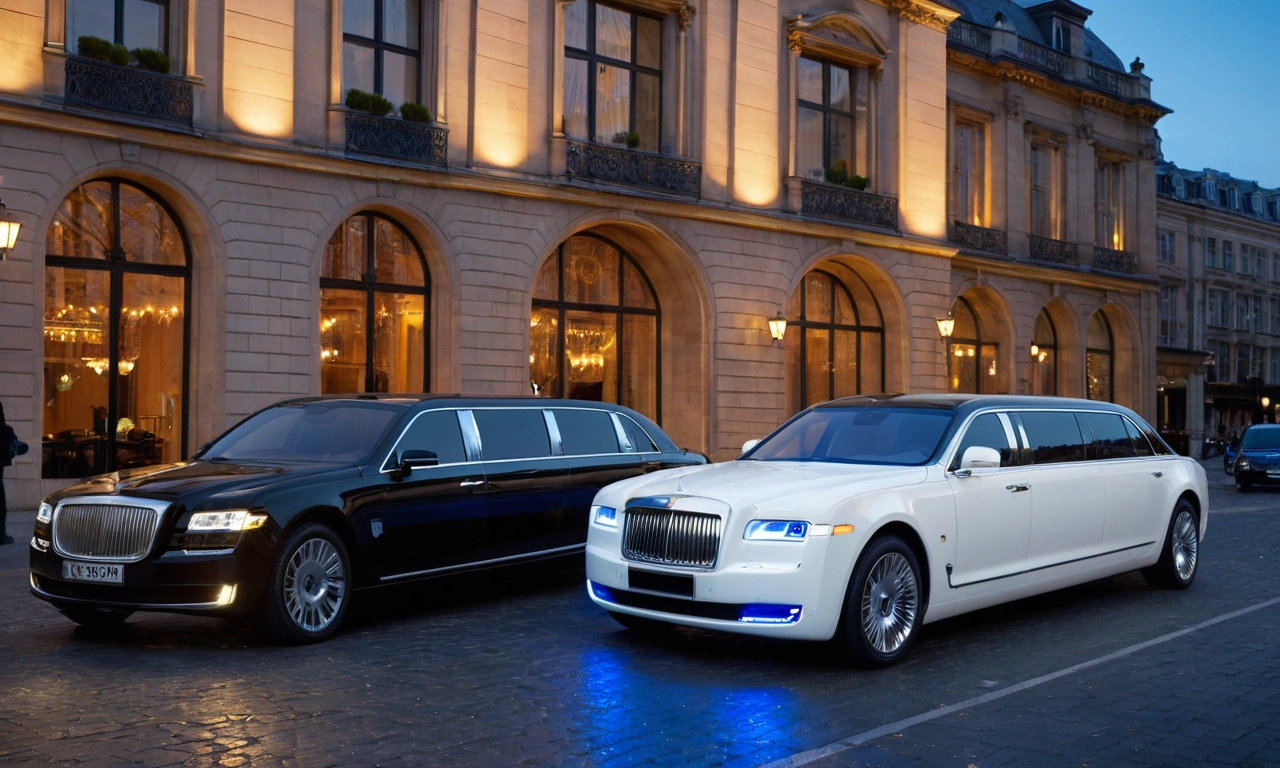In the world of premium transportation services, the debate between electric and traditional limousines continues to intensify. Many luxury transport companies, including established providers like limo service Munich, face crucial decisions about their fleet composition. While electric vehicles are gaining traction across the automotive industry, traditional limousines maintain significant advantages that make them the superior choice for most luxury transportation needs.
Advantages of Electric Limousines
Environmental Benefits Electric limousines produce zero direct emissions, making them an environmentally conscious choice for eco-minded clients. They contribute to reduced air pollution in urban areas and align with corporate sustainability goals that many businesses prioritize today.
Silent Operation The quiet nature of electric motors creates a more serene passenger experience, allowing for confidential business conversations or peaceful relaxation without engine noise interference.
Lower Operating Costs Electric vehicles typically have lower fuel costs per mile and require less frequent maintenance due to fewer moving parts in their powertrains. This can translate to long-term savings for fleet operators.
Modern Technology Integration Electric limousines often come equipped with cutting-edge technology features, advanced infotainment systems, and smart connectivity options that appeal to tech-savvy passengers.

Disadvantages of Electric Limousines
Limited Range and Charging Concerns Electric limousines suffer from range anxiety, particularly problematic for long-distance trips or full-day services. The need for charging infrastructure and extended charging times can disrupt service availability and client schedules.
Higher Initial Investment The upfront cost of electric limousines significantly exceeds traditional alternatives, creating substantial financial barriers for service providers and potentially increasing service costs for customers.
Weight and Performance Issues Battery packs add considerable weight to vehicles, potentially affecting ride quality and reducing passenger capacity. The stretched nature of limousines compounds these weight distribution challenges.
Limited Model Availability The electric limousine market offers fewer customization options and luxury features compared to the extensive range of traditional luxury vehicles available.
Advantages of Traditional Limousines
Proven Reliability and Performance Traditional limousines have decades of proven performance in luxury transportation. Their internal combustion engines provide consistent power delivery and reliable operation across various weather conditions and terrain types.
Extended Range and Quick Refueling Conventional limousines offer superior range capabilities, essential for long-distance travel and extended service periods. Refueling takes minutes rather than hours, ensuring maximum vehicle availability and customer satisfaction.
Established Infrastructure Gas stations are ubiquitous, eliminating concerns about finding charging stations or planning routes around charging availability. This infrastructure advantage is particularly crucial for interstate travel and rural destinations.
Lower Total Cost of Ownership While fuel costs may be higher per mile, the significantly lower purchase price, established maintenance networks, and higher resale values often result in better overall economics for fleet operators.
Superior Luxury Features Traditional limousines offer more extensive customization options, from premium sound systems to elaborate interior configurations. The luxury automotive industry has perfected these vehicles over generations.
Immediate Availability Unlike electric vehicles that require charging downtime, traditional limousines can operate continuously with quick fuel stops, maximizing revenue potential and service availability.
Disadvantages of Traditional Limousines
Environmental Impact Traditional vehicles produce emissions and contribute to air pollution, which may concern environmentally conscious clients and conflict with corporate sustainability initiatives.
Higher Fuel Costs Gasoline or diesel fuel represents a significant ongoing expense, particularly with luxury vehicles that typically achieve lower fuel economy.
Noise Levels Engine noise can interfere with passenger conversations and overall comfort, though modern luxury vehicles have significantly improved noise insulation.
The Verdict: Why Traditional Limousines Remain Superior
Despite the environmental appeal of electric alternatives, traditional limousines continue to offer superior value for luxury transportation services. Their reliability, range, established infrastructure, and lower total ownership costs make them the practical choice for professional transportation providers.
The luxury transportation industry demands vehicles that can operate reliably across diverse conditions and distances. Traditional limousines deliver this reliability while offering the extensive customization and luxury features that clients expect. Until electric technology advances significantly in range, charging speed, and infrastructure development, traditional limousines remain the gold standard for premium transportation services.
For businesses prioritizing consistent service delivery, operational flexibility, and economic viability, traditional limousines represent the clear choice in today’s luxury transportation market.
